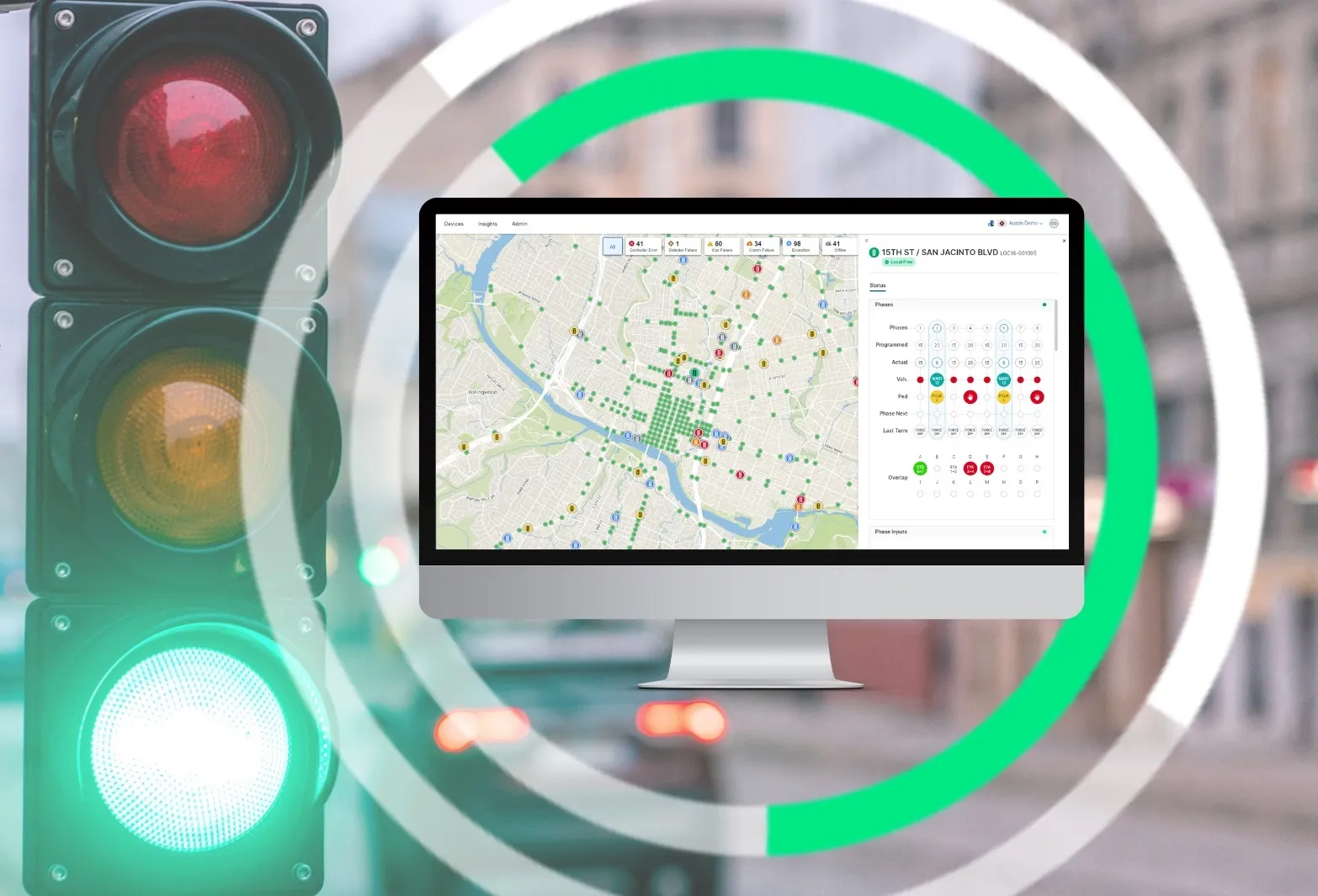In Australia, Melbourne's Yarra Trams, the largest tram system in the world, is dramatically improving service on its 250 kilometres of double tracks. By using IBM big data, the cloud, mobile and analytics the company is able to reconfigure routes on the fly, pinpoint and fix problems before they occur, and respond quickly to challenges, whether it's sudden flooding, major events in the city, or just rush hour traffic.
As a result, the iconic 100-year old system is consistently beating its own service
November 7, 2013
Read time: 2 mins
In Australia, Melbourne's 7525 Yarra Trams, the largest tram system in the world, is dramatically improving service on its 250 kilometres of double tracks. By using IBM big data, the cloud, mobile and analytics the company is able to reconfigure routes on the fly, pinpoint and fix problems before they occur, and respond quickly to challenges, whether it's sudden flooding, major events in the city, or just rush hour traffic.
As a result, the iconic 100-year old system is consistently beating its own service and punctuality goals.
Yarra Tram's system works by tracking each of the 91,000 different pieces of equipment that make up the tram network, from tram cars to power lines to tracks, using intelligent sensors and information from employee and passenger reports about service and equipment. For example, an automated wheel-measuring machine built into the track at the tram depot detects the condition of a tram's wheel when it rolls over it.
This information is pulled together and hosted on the cloud, where analytics are applied to help the Yarra Trams' operations team quickly respond to, prioritise and coordinate maintenance and pinpoint future problems. Data analysis identifies trends or patterns in tram and infrastructure repair history, enabling operators to use the information as a guide for scheduling predictive maintenance. Maintenance crews receive work orders remotely on Mobile Devices, tackling repairs and potential disruptions before service is delayed, while an app provides passengers with the latest information about track tram arrival, departures, or delays and alternative routes.
As a result, the iconic 100-year old system is consistently beating its own service and punctuality goals.
Yarra Tram's system works by tracking each of the 91,000 different pieces of equipment that make up the tram network, from tram cars to power lines to tracks, using intelligent sensors and information from employee and passenger reports about service and equipment. For example, an automated wheel-measuring machine built into the track at the tram depot detects the condition of a tram's wheel when it rolls over it.
This information is pulled together and hosted on the cloud, where analytics are applied to help the Yarra Trams' operations team quickly respond to, prioritise and coordinate maintenance and pinpoint future problems. Data analysis identifies trends or patterns in tram and infrastructure repair history, enabling operators to use the information as a guide for scheduling predictive maintenance. Maintenance crews receive work orders remotely on Mobile Devices, tackling repairs and potential disruptions before service is delayed, while an app provides passengers with the latest information about track tram arrival, departures, or delays and alternative routes.










